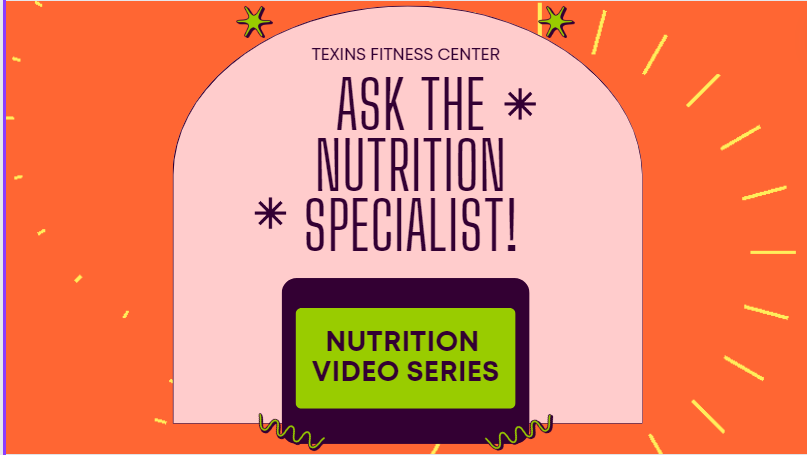Stress. It’s one word that’s sure to make you feel that familiar pit in your stomach. We’ve all felt stress, whether mental or physical, and we’re all looking for ways to help our body and mind deal with it. Luckily there are ways to cope, and one of those is through what you eat.
According to the National Institute of Mental Health, long-term stress can cause irritability, sleeplessness, and digestive problems, and over time can lead to more serious problems like heart disease, high blood pressure, and depression or anxiety.
Uncontrolled stress can take a serious toll on your body and your mind, but fighting back with good nutrition can get you back on track. The tricky thing is, that may be exactly the opposite of what you want to do right now.
At the exact time that you need to be eating healthier, your body may be trying to get you to crave less nutrient-dense foods. And giving into those cravings can make your body more at risk for stress-related issues.
But recognizing the issue ahead of time can help you get the comfort you crave while still getting the nutrients you need. Mix the tasty foods below into your meal plan to boost your mood and reduce the negative effects of stress.
1. Probiotics
Research shows that stress has the power to negatively affect the good bacteria in our gut. Reducing the quantity of good bacteria in our gut seems to increase the negative effects of stress, but our diets are directly associated with the bacteria in our gut.
Yogurt is the most well-known source of probiotics, but don’t miss out on other sources like sauerkraut, tempeh, kimchi, and kombucha. In addition, these foods may help with your immune system, which is also dependent on your gut health.
2. Fiber-rich carbs
Now that we know how important it is to maintain a healthy gut when it comes to our mental health, fiber is another critical component in this relationship.
You can get fiber from a variety of foods, such as starchy vegetables, fruit, and whole grains like brown rice, quinoa, buckwheat, oats. Not only do these foods help boost the healthy bacteria in our bellies, but these forms of carbohydrate also can increase the stress-reducing hormone serotonin.
3. Omega-3 fatty acid
Those fishy foods have a super power and that’s omega-3 fatty acids. Your body can’t make these essential fats by itself, so you have to get them through food.
Fatty fish are also rich sources of B vitamins which play many vital roles in the body, such as calming the nervous system and balancing mood. If you’re not a fan of fish, a krill oil supplement can help you get the same benefits.
4. Rhodiola rosea
This herb may be garnering new attention, but it’s been used as a traditional medicine in eastern and northern Europe for centuries.
Taking a rhodiola supplement in the morning can help you support cortisol levels, and unlike other stimulants like caffeine, it doesn’t seem to increase your heart rate or blood pressure.
5. Chamomile
Long touted as the tea of choice for chill grandmas, chamomile has some helpful calming effects. A 2016 study of new mothers found that drinking chamomile tea every night for two weeks led to better sleep quality, which is understandably critical in those first months of early parenthood.
6. Chocolate
Yes, chocolate is a treat. But a little bit of dark chocolate, which is the highest in flavonoids and lowest in added sugar, can be a great mood booster.
Ingesting chocolate has also been to decrease perceived stress, which in itself takes a toll on the body. In one study some stressed out medical students were able to decrease their perceived stress by eating a small amount of chocolate every day.
7. Antioxidants
We hear a lot about antioxidants, but once you understand their function, it’s a no-brainer that a diet rich in these molecules can do wonders for stress.
Make an antioxidant smoothie by adding several sources of antioxidants like berries and dark leafy greens to get a variety and balance of nutrients. You can also add some of the other foods on this list like yogurt, flaxseeds, and chocolate to compound benefits.







